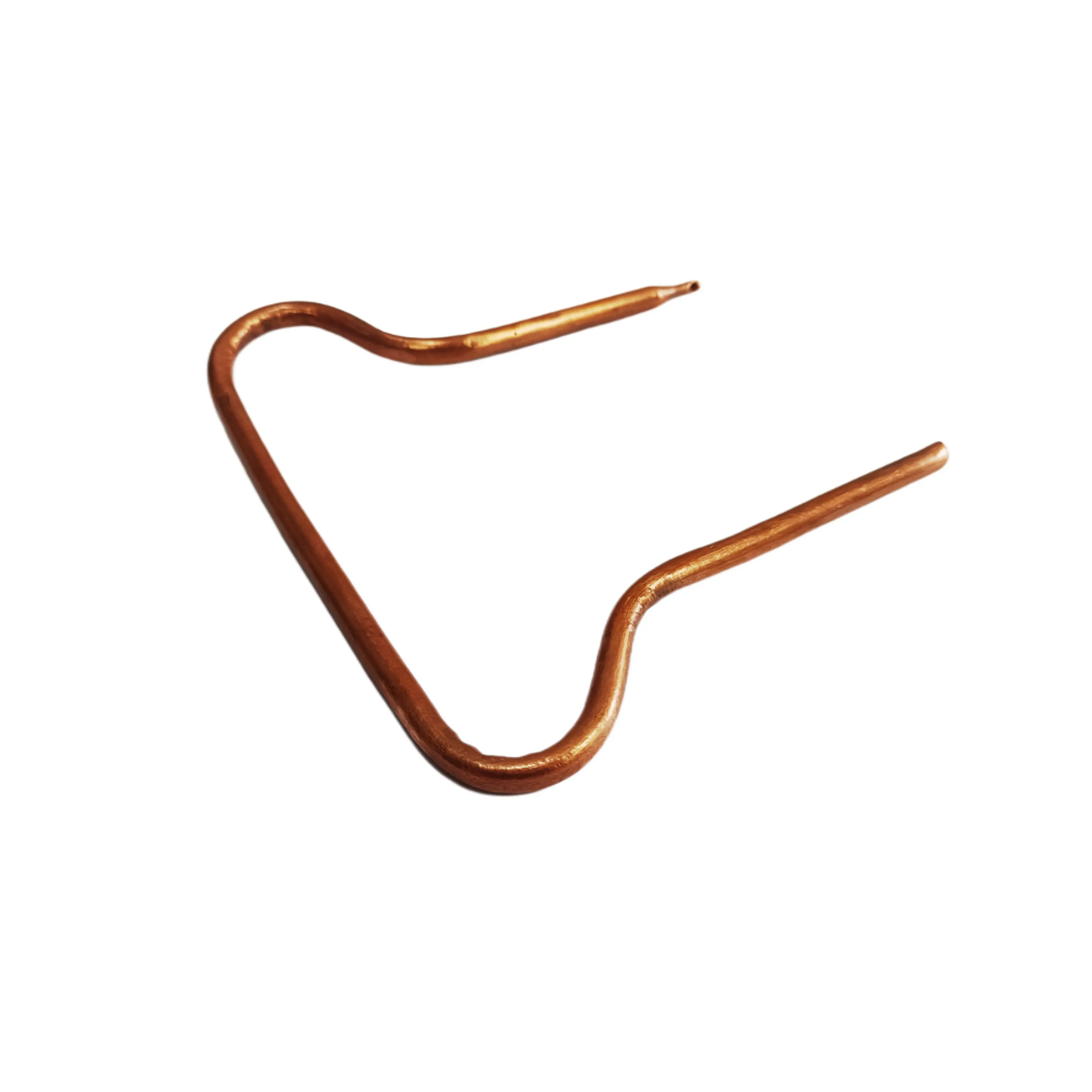Structure of Heat pipe
Basically, heat pipes have two components, namely: Hollow cylinder and a Working fluid.
Hollow cylinder: A sealed hollow cylinder is the framework for the heat pipe. The material for the
cylinder must be chosen based on the compatibility with the working fluid and the conductive
efficiency of the material. Copper is usually chosen for heat pipes where water is the working
fluid. This cylinder has three parts.
1)
Evaporator : This is the part that is connected to the heat source, receives the heat input
and conducts it to the next part.
2)
Condenser : The end that is opposite to the evaporator is the condenser. In simple terms
the part where the heat inputs and liquid evaporates is called the evaporator section of heat
pipe and the part of where the liquid condenses is called the condenser section of heat pipe.
The condenser is the heat output port as it is connected to a heat sink.
3)
Adiabatic region : The part of the cylinder between the evaporator and the condenser is
the adiabatic region. This part is mainly responsible for the conduction of heat rather than input
and output.
Working fluid: The crucial component that is the spine of the whole process is the working fluid.
A wick structure is lining the inner part of the hollow cylinder. This wick structure is to soak up
the optimum amount of the working fluid. The main function of the working fluid is phase
transition on exposure to heat at the evaporator end and condense at the condenser end by
removing heat. These fluids are selected based on the temperature range of operation. For
higher environmental temperatures, Indium and lower temperatures liquid Helium can be used
as a working fluid. Majority of the heat pipes use water with the operating temperature at 298K to 573K.
A vacuum pump is attached once the heat pipes are organized to create a vacuum
environment, necessary for the working of the heat pipe.

